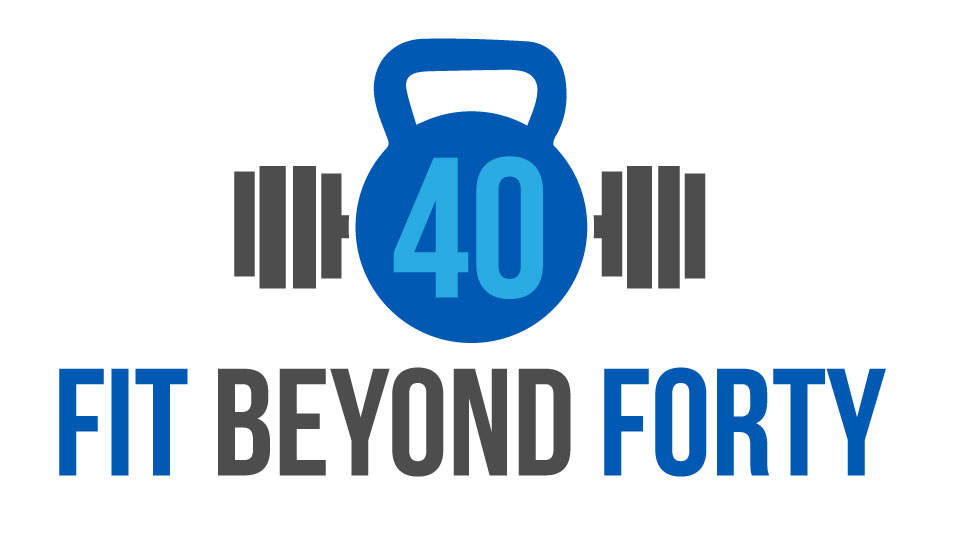This is the year to get in shape. Where to start? Here’s a routine you can do easily at-home. A couple of light weights are all you need. Perform 2-3 sets of each exercise, 12-20 repetitions in each set. Rest 1-2 minutes between sets.
Bodyweight Squats
Do your bodyweight squats just like this, but at a slower tempo.
Stand with your feet slightly wider than hip-distance apart, your toes angled slightly outward.
Squeeze your glute muscles together, draw in your navel, roll your shoulders back, and imagine a string pulling your head up to the ceiling.
Press your hips back and begin bending your knees to perform the squat. Inhale as you perform this downward phase.
Keep your torso up as you continue to press your hips back while you lower down.
Press through your heels and reverse the motion to return to the starting position. Exhale as you rise and press your hips forward at the top of the squat to engage your glutes more fully.
Push-ups
Get on the floor on all fours, positioning your hands slightly wider than your shoulders. Don't lock out the elbows; keep them slightly bent. Extend your legs back so you are balanced on your hands and toes, your feet hip-width apart. Pull your belly button toward your spine. Keep your body in a straight line from head to toe without sagging in the middle or arching your back.
Inhale as you slowly bend your elbows and lower yourself to the floor. Don’t let your elbows flare out. Lead with your chest, not your head.
Exhale while contracting your chest muscles and pushing back up through your hands, returning slowly to the start position.
If push ups are challenging, here are a couple modifications.
Bent-Knee Push-Up
Perform the push-up on your knees rather than on your toes. Be sure to keep your knees, hips, and shoulders all in a straight line. Don’t bend at the hips.
Incline Push-Up
Place your hands on a table or bench and stand several feet away. Use the same push-up technique as above.
Romanian Deadlift
Stand with your feet about shoulder-width apart, holding a pair of dumbbells.
Keeping the dumbbells close to your thighs, with your shoulders back, your core tight, and glutes squeezed.
Begin “pushing” your butt back as far as possible as you begin lowering your torso—as if you’re trying to close a car door while painting your thighs with the dumbbells.
When the dumbbells reach your shins, pause, then stand back up.
Bent-over Rows with weights
While holding a dumbbell in each hand with a neutral grip, hinge forward until your torso is roughly parallel with the floor (or slightly above). Draw in your navel.
Pull the dumbbells towards your hips while squeezing the shoulder blades together. Then slowly lower the dumbbells back to the starting position under control. Don’t allow your head to jut forward.
Squat to shoulder Press
Grip one dumbbell in each hand with the palms facing each other and hold them in front of each shoulder with the elbows close to the body.
Push back into the hips and keep the back straight to lower into a squat holding the weights on the front of the shoulders.
When you’ve descended as far as you comfortably can, push both legs into the ground to stand up and at the same time press the dumbbells overhead by straightening the arms.
Slowly return the weights to the shoulders.
Plank
On a mat, look face down with your forearms and toes on the floor. Place your elbows directly under your shoulders with your forearms facing forward. Look at the floor, between your hands. Draw your navel toward your spine. Keep your body in a straight line from your ears to your toes. Don’t arch your back, sag your hips, or tilt your head up. Keep your shoulders down, not creeping up toward your ears. Your heels should be over the balls of your feet.
Hold this position for 10 seconds. Release to the floor.
Over time work up to 30, 45, or 60 seconds.
If you find the plank difficult at first, try the Incline Plank as you build up strength.
Incline Plank
You can also do a plank with your forearms or palms resting on a bench or step. Place your forearms or palms on a flat, elevated surface with your elbows directly under your shoulders. Walk your feet back until your body forms a straight line on a diagonal. Pull your abs in as you tuck your tailbone slightly and actively press into your forearms or palms.
Bird Dog
Get on all fours on an exercise mat or other cushioned surface with your knees hip-width apart and hands firmly on the ground, about shoulder-width apart. Draw in your navel toward your spine. This is the starting position.
Point one arm out straight in front and extend the opposite leg behind you, forming a straight line from your extended hand to your extended foot. Point your foot back, not up. Keep your hips squared to the ground. If your low back begins to sag, raise your leg only as high as you can while keeping your back straight.
Hold for two seconds, then return to the starting position. Keep your navel drawn in throughout the entire exercise and minimize extra motion in your hips during the weight shift. Perform this movement ten times. Switch to the other side.
If this movement is hard at first, start by extending one arm slowly, not moving your knees or feet, then returning your arm to the starting position. When you can perform this movement ten times without shifting your hips, try extending one leg back, while keeping your hands on the floor, then returning your leg to the starting position.



















































